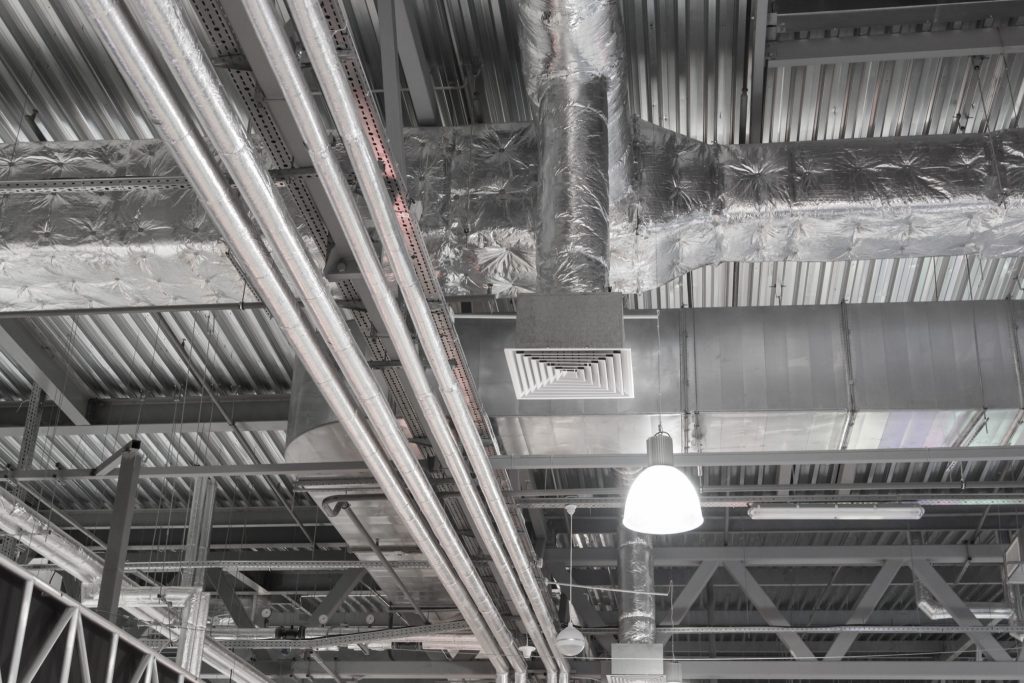O&S Discusses Building Ventilation: Article Featured on AHN February 2020 Edition

AssociationHelpNow Building Ventilation Article
Doors difficult to open. Strange smells in corridors and lobbies. Inconsistent temperature regulation. These are all very common issues in high-rise buildings which are usually due to poor ventilation and building pressurization. It is in the best interest of the building and its tenants to have a Professional Engineer conduct a property condition assessment to find the root of the problems and make professional recommendations to alleviate the ongoing issues.
Doors difficult to open. Strange smells in corridors and lobbies. Inconsistent temperature regulation. These are all very common issues in high-rise buildings which are usually due to poor ventilation and building pressurization. It is in the best interest of the building and its tenants to have a Professional Engineer conduct a property condition assessment to find the root of the problems and make professional recommendations to alleviate the ongoing issues.
How can I tell if there is a pressurization issue in my building?
A tell-tale sign of pressurization issues may include pervasive cooking
smells, tobacco smoke migration, and inconsistent temperatures
throughout your building. Do you find some areas are always hot or cold
while other areas stay at a comfortable, more consistent temperature?
This can be caused by negative pressures that draw heating or cooling
away from where it’s needed. Do you find that sometimes an exterior
door may be near impossible to open or close? This is another common
issue due to building pressurization due to stack effects, especially on
windy days.
What are common causes of “smell issues” in a building?
When the building was built, the developer may have cut corners to save
money on construction. The air handlers may only include heating or
cooling which means fresh air is only being delivered during certain
seasons. Often the building’s ductwork, exhaust fans, air handlers, and
register were never adjusted for proper building balance.
It is important to balance a building’s pressurization for three fundamental reasons: First, to ensure there is proper fresh air. These codes have changed up and down and back over time, so it is important to assess the same in comparison to current standards to determine if the building is eligible for energy savings or comfort improvement. Second, building pressurization is critical for controlling smells and odors. Lastly, negatively pressured buildings, which is often the default condition of an unbalanced high-rise, exhibits more leaking and drafts than a properly balanced neutral or positively pressurized building.
Limited components often make a balancing project difficult to commence. Buildings frequently miss the proper appurtenances to allow balancing to be provided. Fans need adjustable sheaves or drives, and registers need adjustable dampers. This is often the first step towards proper building balance. An assessment can help determine what condition the building is in and what equipment is needed to help bring the building’s ventilation back to life.
Sometimes a developer will abandon the fresh air equipment to reduce maintenance and energy costs. This equipment should be assessed and possible fit with new variable frequency drives or other energy saving measures before restarting and resuming their use. Another common obstacle to balancing a high-rise building is door sweeps and other custom devices installed by unit owners at doors and kitchen and bath exhausts.
How can these issues be alleviated?
Anything with a motor can be retrofitted with a newer, more efficient
technology. Air handling motors can be replaced with variable speed
drives and gas burners with increase turn down ratios. Belt-driven fans
can also be replaced with direct drive fans. But the first step is an
assessment of the building’s HVAC systems and then second a balancing
report from a reputable company to determine a baseline for
improvements.
If your building is experiencing any of these types of issues, it is always a good idea to speak with your engineering professional. They will be able to correctly diagnose ongoing issues and make recommendations to correct them. Upgrading your ventilation systems will also benefit your building and bottom line in the long run by making your building more efficient.